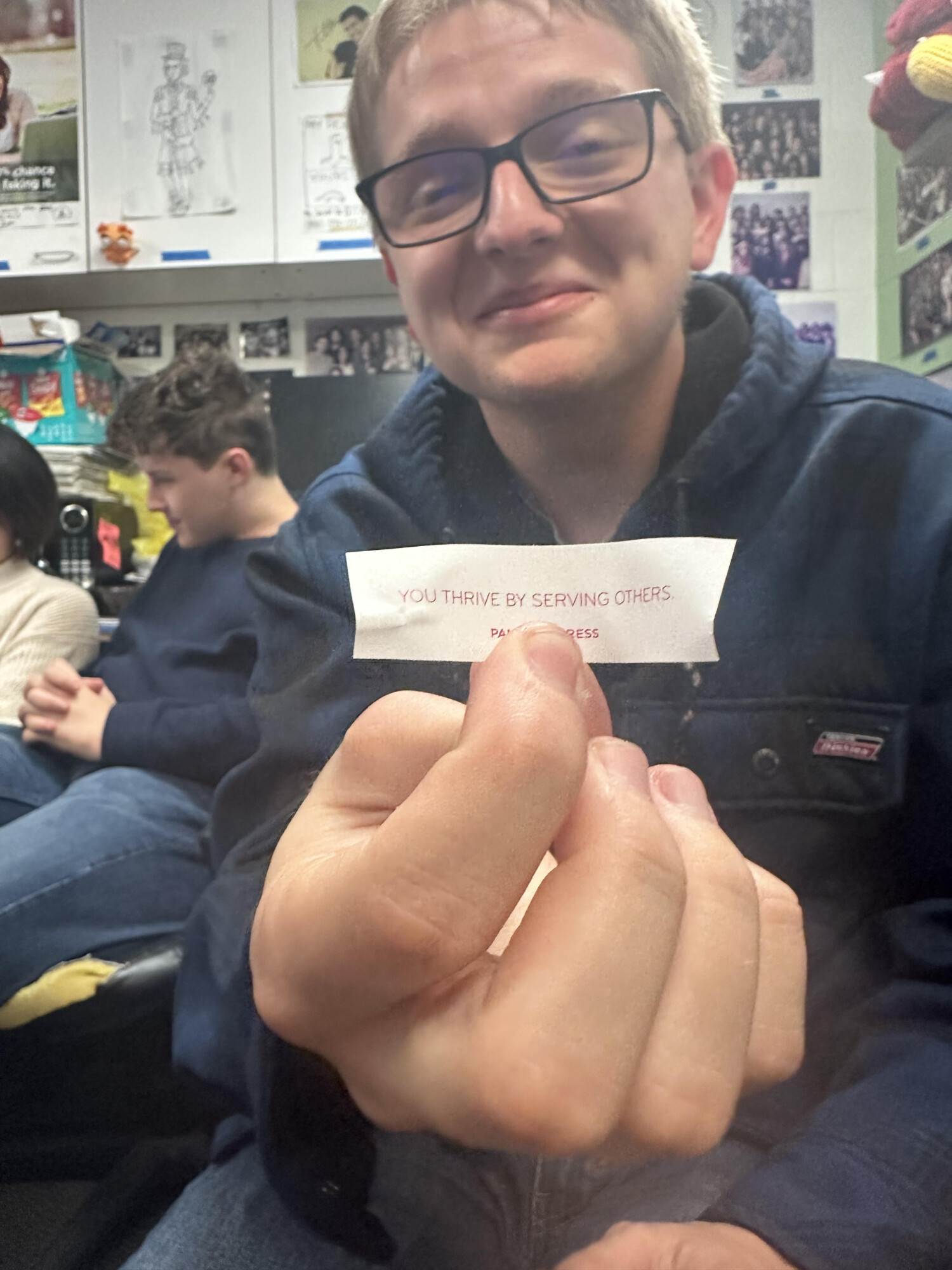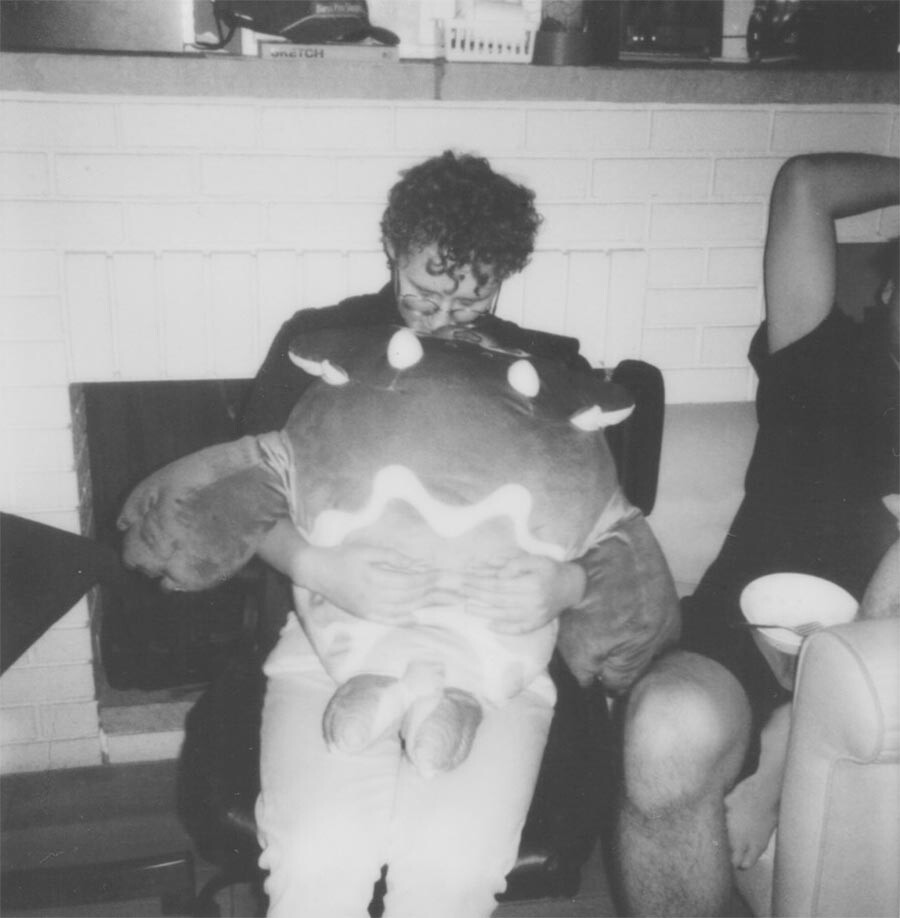
Executive Manager of Player Experience
I remember when the first arcades opened. My brother would spend hours in them, coming home late at night on an empty stomach after turning his lunch money into quarters. He took me one time, and I could never see what was so enchanting. I asked him what was going on and he would point to a ball of green pixels and say “that’s a turtle,” pulling the joystick and pressing the cheap buttons just to land on top of it, repeating the same action for minutes before the game ended.
I hated him. I hated how he was wasting his time and money, and I vowed to never be like that. It was the disastrous experience with the Mario Brothers that drove me to excel in life. At age 17, I was accepted into Harvard Business, where I stayed for six years, getting my bachelor’s and master’s back to back. I spent another five years floating from one low-level executive job to the next, trying to determine how to make my mark on this world. One day, an offer came across my desk from a company I had never heard of. It was for a video game company. I was astonished they still existed. Even from a young age, I knew that the mere concept of a video game was flawed; the whole industry was doomed to fail within five years. But then an image flashed across my mind: my brother continuously sliding quarters into the machine every time whether he won or lost, only stopping when the money ran out. That’s the moment everything clicked. Video games would be successful if they captured the most important aspect of arcades, of carnivals, of life: the never-ending churn of dollars. I took the job offer instantly and waited decades. Technology evolved, gameplay got more complex, stories got richer, graphics became crisper. Yet there was still no way to recreate the key feeling until the magical, improbable creation known as the internet hit the world with the force of a basketball dropped from space.
I pulled all the best people in the industry together and got to work, figuring out how to harness the awesome power of instantaneous online purchases. I dedicated my life to this pursuit. I was there for the advent of subscription games. I worked on the first DLC. I wept tears of ecstasy with the launch of the first battle pass. All of my hard work — my lifelong goal — was finally materializing. I look across the blazing field of games today and feel nothing but joy. Everything is perfected. Live service games dominate, constantly asking players to pay more and more for everything from cars to cards to dance moves. There is so much to buy. This is what players want. This is what players need. Every time I see the revenue number go up thanks to games as a service, I think of the children typing in their parents’ credit card information, I think of my brother pushing coins into the machine, and I sleep well knowing that I have captured that fundamental happiness.











